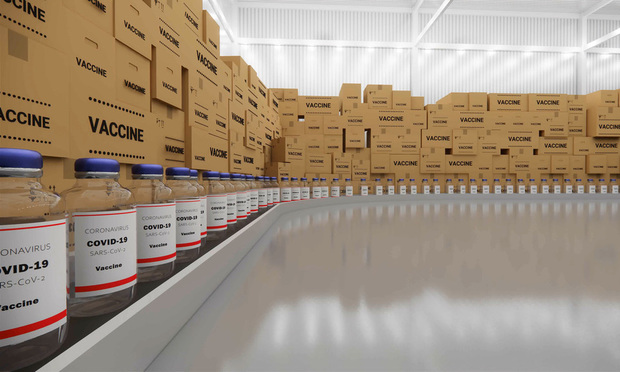 Earlier in November, Fifth Circuit Judges Edith Jones, Stuart Kyle Duncan and Kurt Engelhardt unanimously granted an emergency temporary stay of the rule in BST Holdings v. OSHA, writing that the petitions gave "cause to believe there are grave statutory and constitutional issues with the mandate." (Credit: anon_tae/Shutterstock)
Earlier in November, Fifth Circuit Judges Edith Jones, Stuart Kyle Duncan and Kurt Engelhardt unanimously granted an emergency temporary stay of the rule in BST Holdings v. OSHA, writing that the petitions gave "cause to believe there are grave statutory and constitutional issues with the mandate." (Credit: anon_tae/Shutterstock)
The U.S. Court of Appeals for the Sixth Circuit will consider lifting the stay on Occupational Safety and Health Administration's (OSHA) vaccine-or-test mandate for private-sector employers.
Recommended For You
Want to continue reading?
Become a Free PropertyCasualty360 Digital Reader
Your access to unlimited PropertyCasualty360 content isn’t changing.
Once you are an ALM digital member, you’ll receive:
- Breaking insurance news and analysis, on-site and via our newsletters and custom alerts
- Weekly Insurance Speak podcast featuring exclusive interviews with industry leaders
- Educational webcasts, white papers, and ebooks from industry thought leaders
- Critical converage of the employee benefits and financial advisory markets on our other ALM sites, BenefitsPRO and ThinkAdvisor
Already have an account? Sign In Now
© Touchpoint Markets, All Rights Reserved. Request academic re-use from www.copyright.com. All other uses, submit a request to [email protected]. For more inforrmation visit Asset & Logo Licensing.







